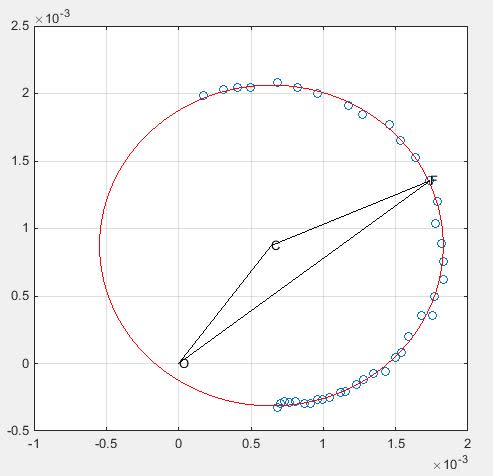enterprixe
Aerospace
- Dec 4, 2017
- 9
Hello,
Recently i have been tasked to do the modal analysis of the data collected from a test. I was able to obtain its natural frequencies, damping coefficients(viscous and structural) and the modal constant using a SDOF descomposition of the FRF. I am supposed to obtain 4 mode shapes ( since i focus on 4 natural frequencies ) but i have not seen it explained well in any of the references i have looked up to. I know it has something to do with the imaginary part of the FRF but i can't get the complex mode shapes to progress any further in my work.
Help with be appreciated, Thank you.
Recently i have been tasked to do the modal analysis of the data collected from a test. I was able to obtain its natural frequencies, damping coefficients(viscous and structural) and the modal constant using a SDOF descomposition of the FRF. I am supposed to obtain 4 mode shapes ( since i focus on 4 natural frequencies ) but i have not seen it explained well in any of the references i have looked up to. I know it has something to do with the imaginary part of the FRF but i can't get the complex mode shapes to progress any further in my work.
Help with be appreciated, Thank you.


